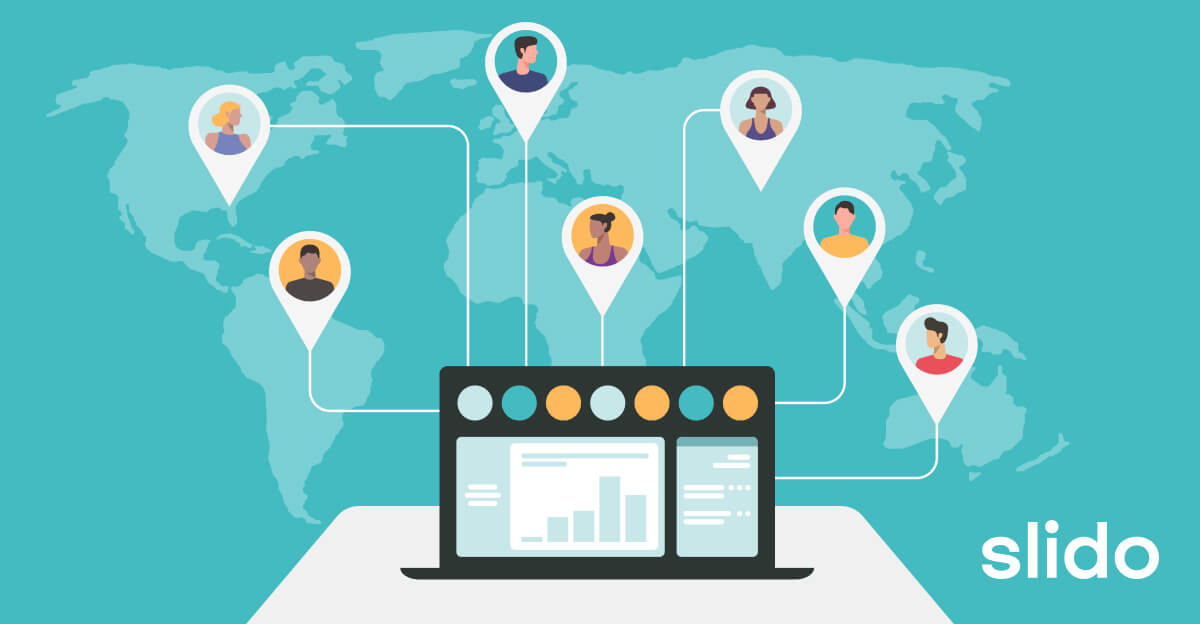Hello everyone! 👋
Welcome back to Bold Efforts, your go-to source for insights on the future of work and living. Today, we explore a fascinating remote work experiment that has been unfolding over the past three years (and counting) at a company with more than 10,000 employees spread across the globe.
Remarkably, this firm’s stock price has skyrocketed, multiplying by 4x in just the last year!
Let’s get started!

Spotify was founded in 2006 by Daniel Ek and Martin Lorentzon with a clear mission: to offer a legal alternative to music piracy. Their vision quickly gained traction, making Spotify a household name in digital music.
In 2012, Spotify introduced the squad model to boost agility and drive innovation. This approach empowers small, cross-functional teams, known as squads, to operate independently on specific areas of Spotify’s product or service. To foster collaboration, Spotify also created tribes, chapters, and guilds, facilitating the free flow of knowledge and ideas across the company. I am mentioning this to illustrate that Spotify has always pioneered best practices in the workplace.
Hitting the Right Notes — Work from Anywhere
Back in mid-2021, Spotify decided to shake things up. They weren’t just tinkering with remote work. They went all in. Their “Work From Anywhere” (WFA) program wasn’t a knee-jerk reaction to the pandemic but a well-thought-out strategy that had been brewing since early 2020, even before the world turned upside down.
The idea? To become a fully distributed company by 2025.
When WFA first rolled out, Spotify had about 6,500 employees. Fast forward three years, and they’ve grown to over 10,000. That’s not just headcount growth; that’s a testament to how well this experiment has worked. And the stock market seems to agree: after an initial dip as the policy took time to settle in, Spotify’s stock hit an all-time high.
Trivia: Since Spotify is not a US company, SPOT trades on the New York Stock Exchange under American depositary receipts, managed by their holding company based in Luxembourg, Spotify Technology S.A.
This flexibility hasn’t just changed where people work; it’s changed their lives. A whopping 6% of Spotify’s staff took the opportunity to move, whether that meant switching states in the US or relocating to entirely different countries. Imagine being able to live where you’ve always wanted without sacrificing your job. For many, it was a dream come true.
Interestingly, we observed similar best practices at NVIDIA when we looked into the growing trend of distributed teams.
The Rhythm of Collaboration
Spotify’s journey to becoming a fully remote company didn’t happen overnight.
Blueprint
One of their first steps was creating an exhaustive FAQ document and a 40-page playbook to address every question employees might have about WFA. This wasn’t just a document; it was a blueprint for how they would operate in this new, flexible world.
If you want to learn more, tune in to this in-depth podcast with Anna Lundstrom, where she explores the development of Spotify’s successful Work From Anywhere program.
Salaries
The WFA program also led to significant changes in Spotify’s salary banding policy. Instead of adjusting salaries based on city or region, they now do it by country. This shift reflects a broader understanding that work is no longer tied to a specific place (within a country), so why should pay be?
Async vs Sync
Collaboration remains at the heart of Spotify’s culture. Even with their global team spread across different time zones, they’ve managed to find the right balance between asynchronous and synchronous work. It’s like a perfectly composed symphony: each note (or meeting) is strategically placed to maximize both productivity and creativity.
Asynchronous work can boost productivity by up to 30% when it comes to tasks that need deep concentration. No wonder Spotify’s team is always in sync, no matter where they are.
Diversity
As a result of this ‘experiment’, Spotify’s workforce has also become more diverse. Between 2019 and 2021, their African-American and Hispanic population increased from 12.7% to 18%, and female leadership jumped from 25% to 42%. This is a direct result of their commitment to flexibility and inclusion, proving that a diverse team is not just good for optics; it’s good for business.
Your Work, Your Way
When Spotify launched WFA, they didn’t just stop at letting people work from anywhere. They also gave employees the power to choose their “Work Mode”; whether that’s in the office, at home, or a mix of both. And this isn’t a set-it-and-forget-it policy; employees can reassess and change their work mode every year. It’s all about fitting work into life, not the other way around.
Interestingly, the first major change they noticed was a “green wave”. Many employees, freed from the need to be near an office, chose to move closer to family or nature, leaving behind the big cities. This shift wasn’t just about convenience; it was about living the life they truly wanted.
Spotify also expanded its physical footprint, registering in 42 US states and increasing its presence in Germany, Spain, and the Netherlands. But their largest offices remain in California, New York, and Sweden, where they’ve always had strong roots.
The Final Track
Spotify’s flexible work policy hasn’t just been a boon for existing employees, it’s also helped attract new talent. For new hires, especially those just starting their careers, Spotify has found that a little structure goes a long way. That’s why junior employees are encouraged to spend their first year in the office, where they can benefit from direct mentorship and build connections. It’s all about finding your rhythm in the band before you start freelancing, so to speak.
But this isn’t just for the juniors. Even seasoned professionals benefit from being in sync with their teams, which is why Spotify tries to align new hires within the same time zones. The focus is on maximizing those precious hours when everyone’s online and ready to collaborate.
Spotify is well on its way to become a fully distributed company.
Spotify’s approach shows that when you trust your team and offer flexibility, the results follow. Through, WFA, they’ve redefined work, proving it’s about output, not location. This vision focused on freedom, diversity, and purpose — sets a new standard for the future of work.
Work isn’t somewhere you go, it’s something you do
Liked what you read? Stay informed with unique insights on the future of work and living. Subscribe to the Bold Efforts newsletter to get these stories and insights in your inbox every Thursday.
Top reads this week
Curated news, articles, and opinion-pieces about the future of work and living - just for you.
A. The Hotelification of Offices, With Signature Scents and Saltwater Spas [New York Times]
Hoping to lure workers back to their desks, companies are designing “work resorts,” luxe spaces meant to compete with the comforts and versatility of their living room.
B. Slow productivity worked for Marie Curie — here’s why you should adopt it, too [Nature]
Slow Productivity is a call to arms to reject the performative busyness of the modern workplace, where frequent virtual meetings and long e-mail chains sap so much of workers’ attention. Do fewer things, work at a natural pace and obsess over quality, says best-selling author Cal Newport.
C. UBS to Close Legacy Real Estate Fund on Office Market Woes [Bloomberg]
UBS is liquidating its $2.2 billion real estate fund! This fund has 83% of its investments in office spaces, and has faced significant redemption requests, prompting UBS to conclude that winding down the entire fund is the best course of action.
Existing readers of Bold Efforts would know that we covered UBS's office space challenges in our August 8, 2024, issue. If you missed it, catch up using the link below!
In case you missed it
Last week, we discussed how remote work is quietly but powerfully transforming global wealth distribution and redefining our economic landscape
By tapping into the potential of remote work, we’re not just changing where people work. We’re changing how the world prospers. We are experiencing one of the most significant inter-city wealth shifts in history! Click on the link below to learn more.
Did you like reading this piece?
Want more cool stuff about the future of work? Hit that subscribe button and get fresh insights straight to your inbox every week.
Until next time,
Kartik
Who am I?
I’m Kartik, founder of Polynomial Studio, a holding company and product studio building AI-driven businesses for the future of work. The way we work and live is being rewritten. AI, remote work, and shifting economic forces are reshaping careers, businesses, and entire industries. The big question is where it’s all heading.
For the past eight years, I’ve been at the forefront of these shifts, working across real estate, technology, startups, and corporate strategy. I’ve helped businesses navigate change and stay ahead of what’s next, always focused on understanding the forces shaping our future and how we can use them to build something better. Click here to know more about me.
Why Bold Efforts?
I started Bold Efforts because I believe work should fit into life, not the other way around. Too many people are stuck in outdated systems that don’t serve them. This newsletter is about challenging the status quo and making the effort to design work around life. It brings together bold ideas and actionable insights to help you build a healthier, more balanced relationship with work, leading to greater purpose and fulfillment. If you’re looking for fresh perspectives on how to work and live better, you’re in the right place.
Was this email/link forwarded to you? Subscribe here










